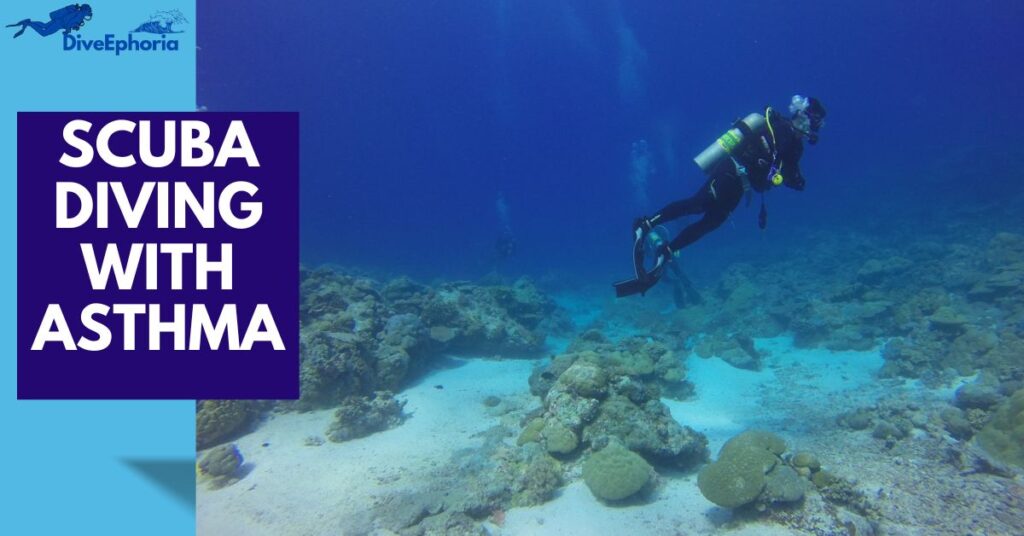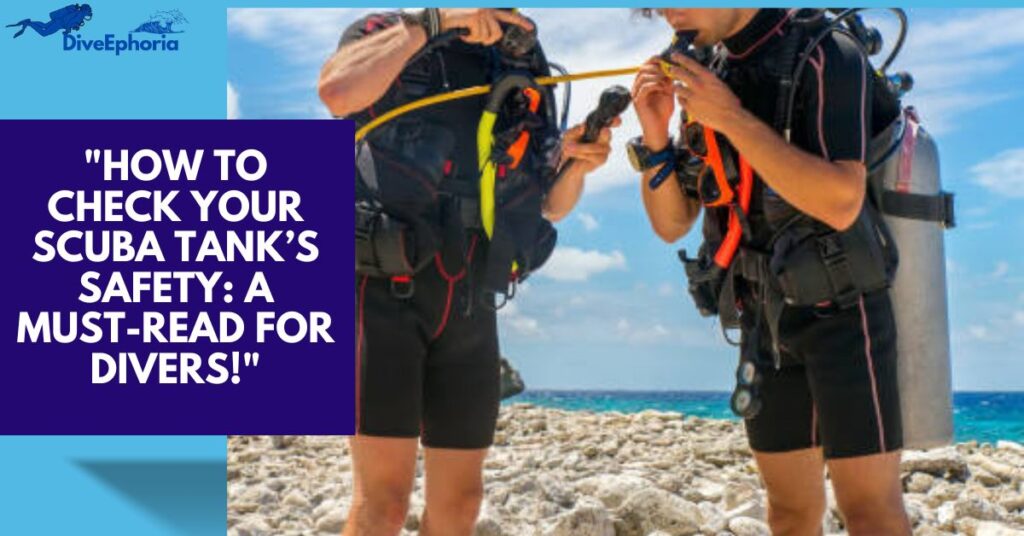
Table of Contents
Introduction
Scuba diving is an exhilarating adventure, but safety should always be a top priority. One of the most critical components of dive safety is ensuring your scuba tank is in perfect condition. A faulty or improperly maintained tank can lead to dangerous situations underwater. But how can you be sure your scuba tank is safe to use?
In this comprehensive guide, we will walk you through the essential steps to check your scuba tank for safety. We will cover key aspects such as scuba tank inspection, hydrostatic testing, visual cylinder inspection, and compressed air safety to help you dive with confidence.
Why Checking Your Scuba Tank is Important
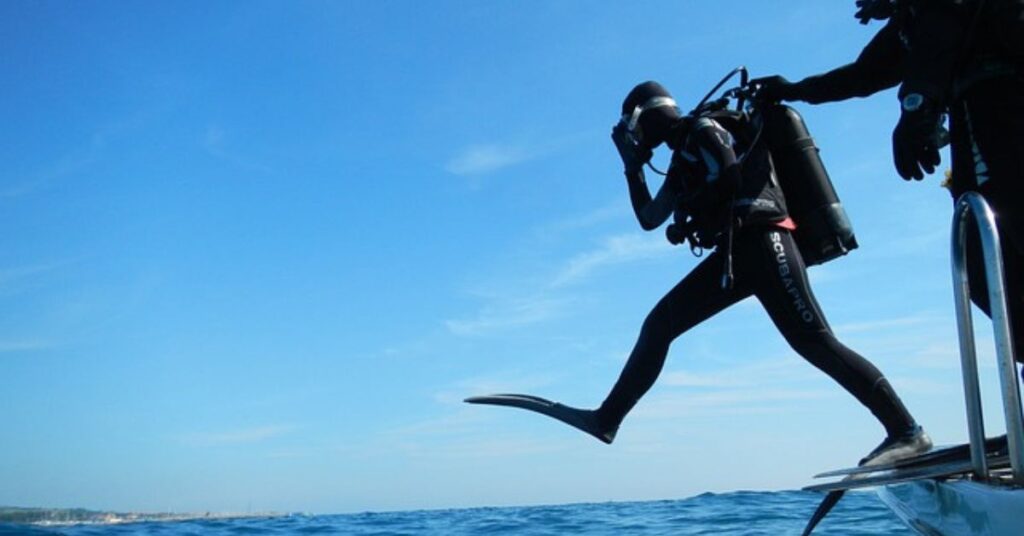
Before we dive into the inspection process, let’s understand why a thorough scuba tank check is essential:
- Prevents Equipment Failure: A poorly maintained tank can develop leaks, cracks, or corrosion, which may lead to serious accidents.
- Ensures Clean Air Supply: Contaminated or moist air can pose respiratory risks.
- Extends Tank Lifespan: Regular inspections and proper care help maintain the durability of the tank.
- Meets Safety Regulations: Dive shops and organizations require scuba tanks to pass safety checks before refills.
Step-by-Step Guide to Checking Your Scuba Tank’s Safety
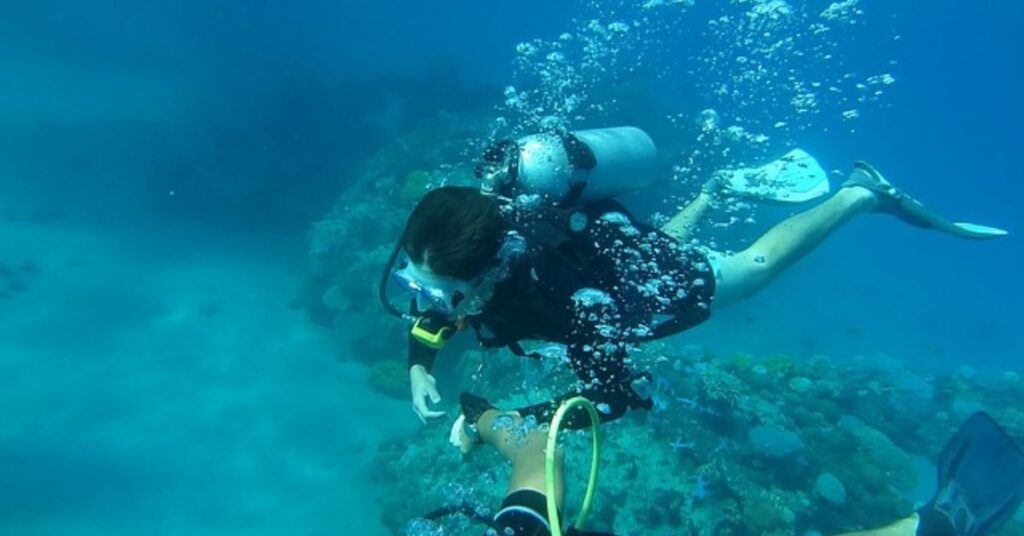
1. Perform a Visual Cylinder Inspection
A visual cylinder inspection (VCI) is the first step in determining the condition of your tank. This process involves checking the tank’s exterior and interior for damage.
What to Look For:
- External Damage: Inspect the tank for dents, deep scratches, or bulges.
- Corrosion or Rust: Look for signs of rust, especially near the valve and bottom of the tank.
- O-Ring and Valve Condition: Check for worn-out or cracked O-rings and ensure the valve operates smoothly.
- Label and Markings: Ensure the tank’s hydrostatic testing date is up to date (usually within the last five years).
👉 Tip: If you notice significant damage or rust, take the tank to a professional for further evaluation.
2. Conduct a Hydrostatic Testing

Hydrostatic testing is the most reliable way to check if a scuba tank can withstand pressure without leaking or deforming.
How Hydrostatic Testing Works:
- The tank is filled with water and placed inside a pressurized chamber.
- External pressure is applied to check for leaks, expansion, or structural weakness.
- If the tank passes, it receives a new certification date stamp.
📌 Regulation: Tanks must undergo hydrostatic testing every five years in most countries.
💡 Pro Tip: Never use a tank with an expired hydrostatic test date, as dive shops won’t refill it for safety reasons.
3. Check for Compressed Air Safety
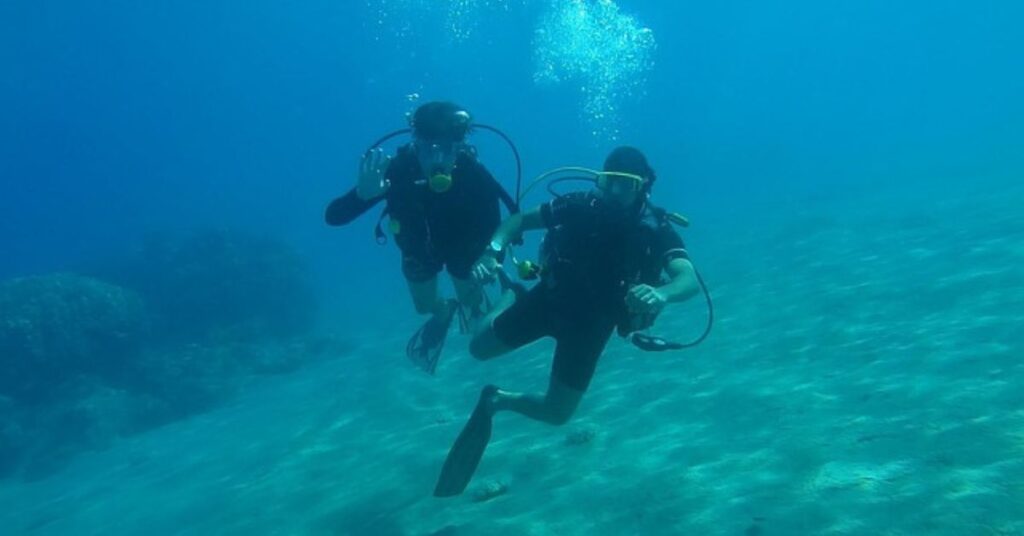
Compressed air safety is crucial to prevent contamination and ensure you’re breathing clean, dry air underwater.
Steps to Ensure Air Safety:
- Only fill your tank at certified dive shops that use high-quality filtration systems.
- Avoid tanks with a musty or foul smell, as this could indicate moisture or oil contamination.
- Use a moisture indicator or carbon monoxide detector to ensure air purity.
- Store tanks in a dry, cool place to prevent condensation and corrosion inside the tank.
⚠️ Warning: Breathing contaminated air can cause dizziness, nausea, or even unconsciousness underwater.
4. Inspect the Valve and O-Rings
A damaged valve or O-ring can lead to leaks and pressure loss. Regularly inspecting these small components is a simple but effective way to ensure safety.
How to Check:
- Turn the valve to ensure smooth operation.
- Look for cracked, brittle, or deformed O-rings and replace them if necessary.
- Listen for any hissing sounds indicating leaks.
🛠 Pro Tip: Always carry spare O-rings in your dive kit!
Conclusion
Ensuring your scuba tank is safe to use is an essential part of dive safety. By performing visual cylinder inspections, hydrostatic testing, checking compressed air safety, and inspecting valves and O-rings, you can significantly reduce risks and enjoy a safe underwater experience.
✅ Next Steps: If your tank hasn’t been inspected recently, take it to a certified dive shop for a full safety check.
FAQs
Can I perform a scuba tank inspection myself?
While you can conduct a basic visual check, it’s best to have professional inspections done by certified technicians.
What happens if my tank fails a hydrostatic test?
If your tank fails hydrostatic testing, it is deemed unsafe for diving and should be retired from use.
How do I store my scuba tank properly?
Store your tank upright in a cool, dry place and keep it partially filled to prevent moisture from entering.
Can a scuba tank explode?
While rare, a scuba tank can explode if exposed to extreme heat or if it has unseen structural damage. Regular inspections help prevent such risks.

